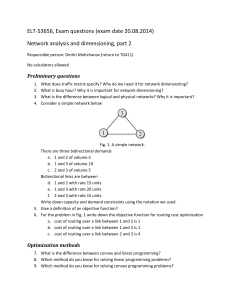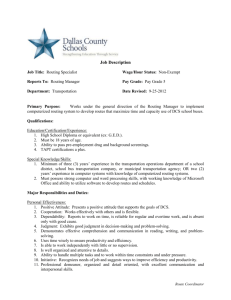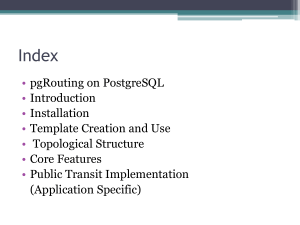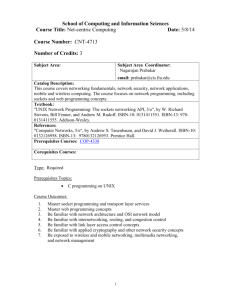Fully Distributed Algorithms for Minimum Delay Routing Under
advertisement
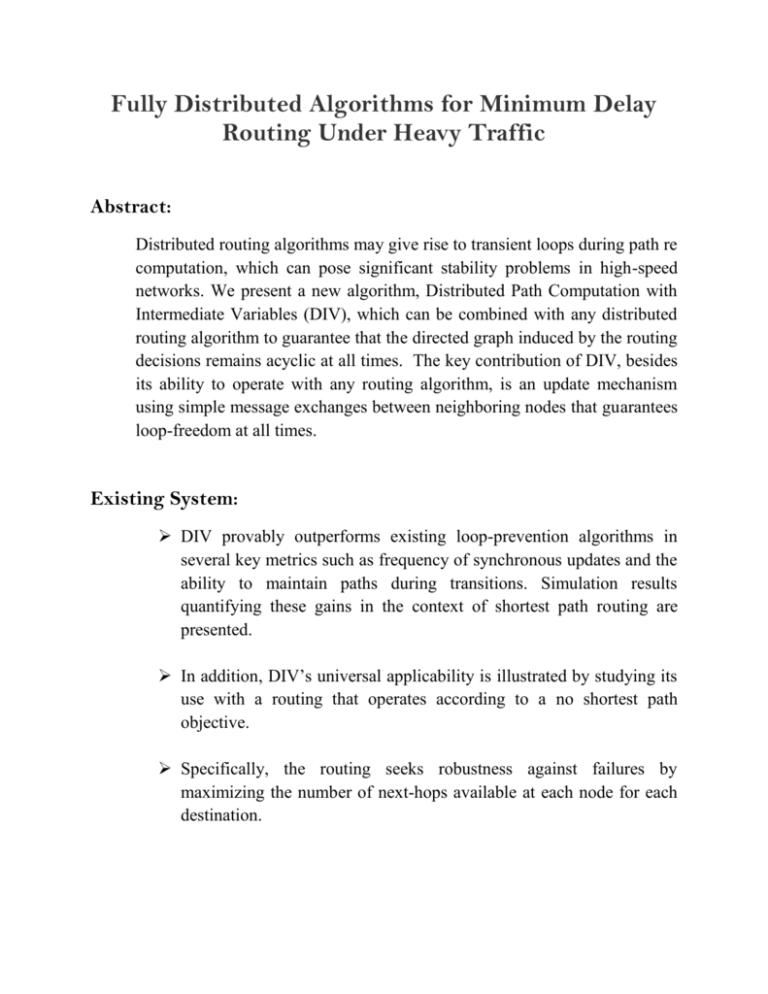
Fully Distributed Algorithms for Minimum Delay Routing Under Heavy Traffic Abstract: Distributed routing algorithms may give rise to transient loops during path re computation, which can pose significant stability problems in high-speed networks. We present a new algorithm, Distributed Path Computation with Intermediate Variables (DIV), which can be combined with any distributed routing algorithm to guarantee that the directed graph induced by the routing decisions remains acyclic at all times. The key contribution of DIV, besides its ability to operate with any routing algorithm, is an update mechanism using simple message exchanges between neighboring nodes that guarantees loop-freedom at all times. Existing System: DIV provably outperforms existing loop-prevention algorithms in several key metrics such as frequency of synchronous updates and the ability to maintain paths during transitions. Simulation results quantifying these gains in the context of shortest path routing are presented. In addition, DIV’s universal applicability is illustrated by studying its use with a routing that operates according to a no shortest path objective. Specifically, the routing seeks robustness against failures by maximizing the number of next-hops available at each node for each destination. Proposed System: We propose two distributed predetermined path routing algorithms, which works for any network topology. The first algorithm uses partial load information to set the minimum delay predetermined path and the second algorithm chooses one of the predetermined paths uniformly at random without any load information. We demonstrate by simulation that, with a small number of predetermined paths, the delays of our routing algorithms quickly converge to that of the minimum delay distributed routing which requires global load information. We propose a novel distributed method of multi-path construction which we use predetermined paths in our routing algorithms. The proposed method works for any network topology and constructs multiple routing paths that are disjoint of each other and detour the network center. System requirements: Software requirements: Operating System Database IDE Language : Windows Xp : MySql : Net Beans 7.0.1 :Java Hardware requirements: Processor Speed Hard Disk : Pentium –III : 1.1 Ghz : 20 GB







